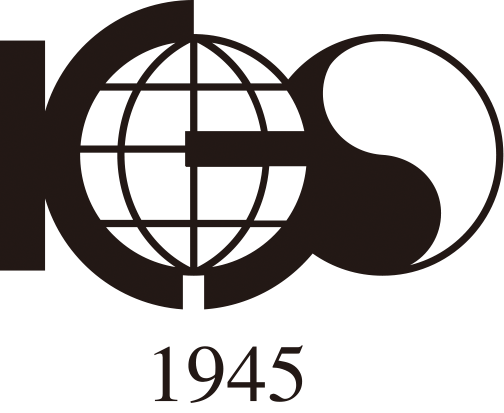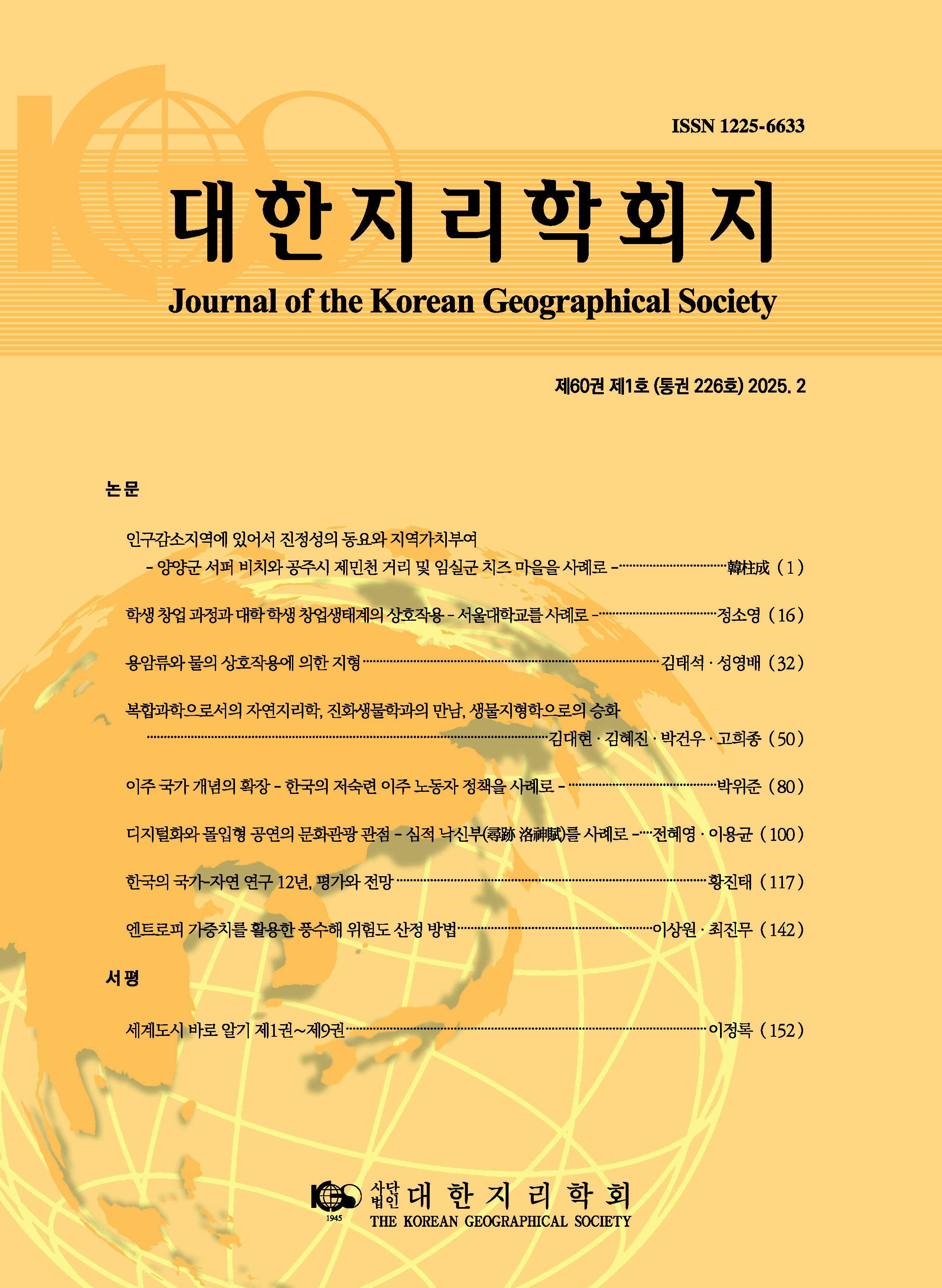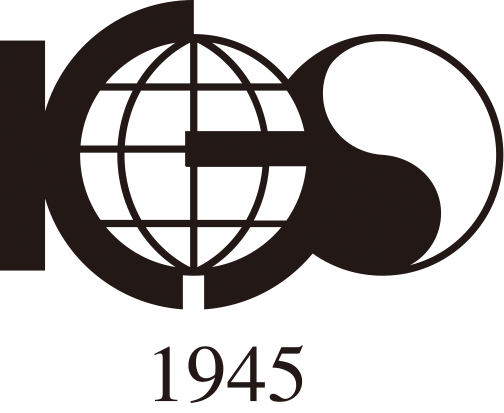Research Article
Abstract
References
Information
- Publisher :The Korean Geographical Society
- Publisher(Ko) :대한지리학회
- Journal Title :Journal of the Korean Geographical Society
- Journal Title(Ko) :대한지리학회지
- Volume : 56
- No :5
- Pages :465-484
- Received Date : 2021-09-14
- Revised Date : 2021-10-17
- Accepted Date : 2021-10-19
- DOI :https://doi.org/10.22776/kgs.2021.56.5.465




 Journal of the Korean Geographical Society
Journal of the Korean Geographical Society







